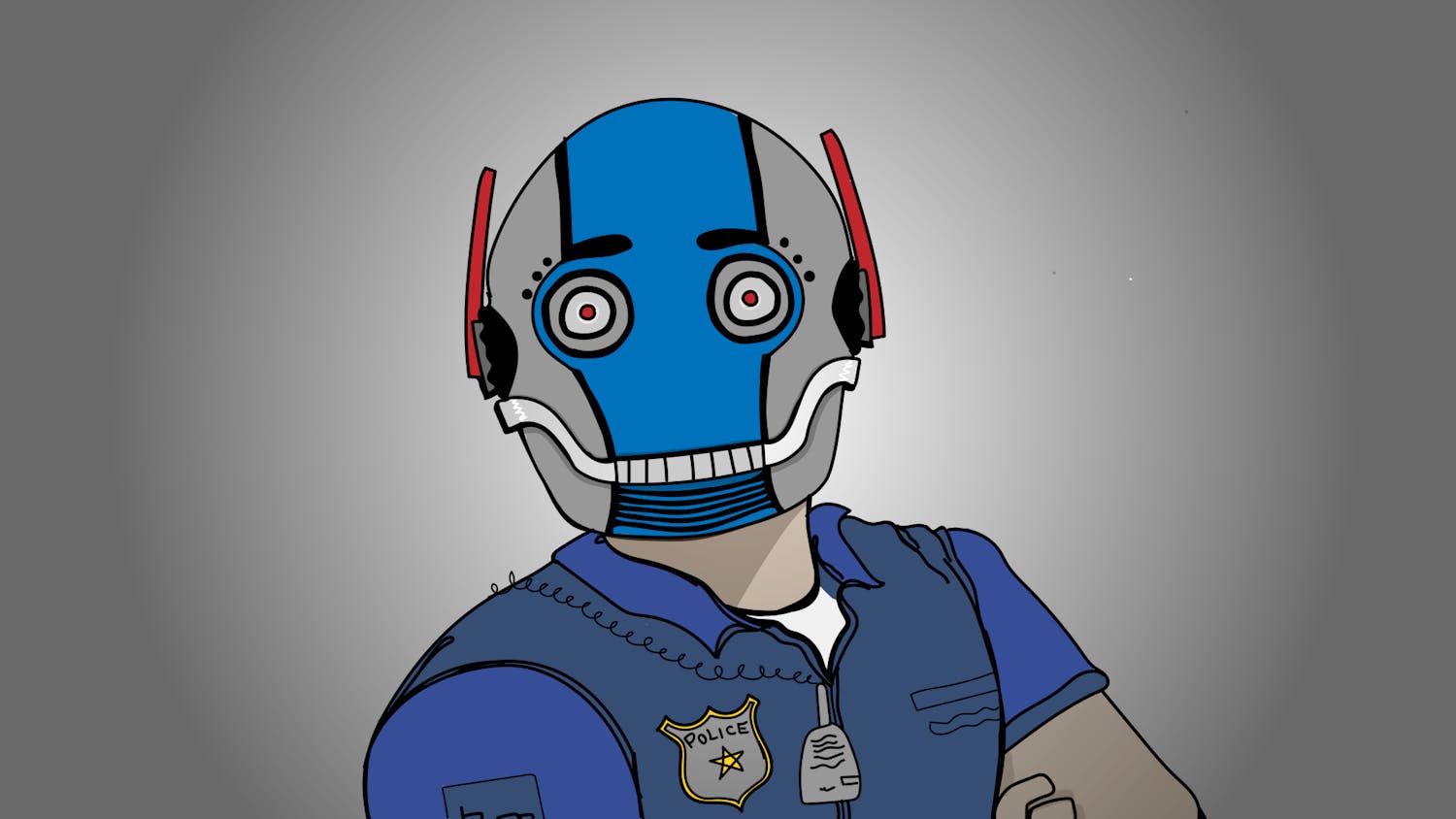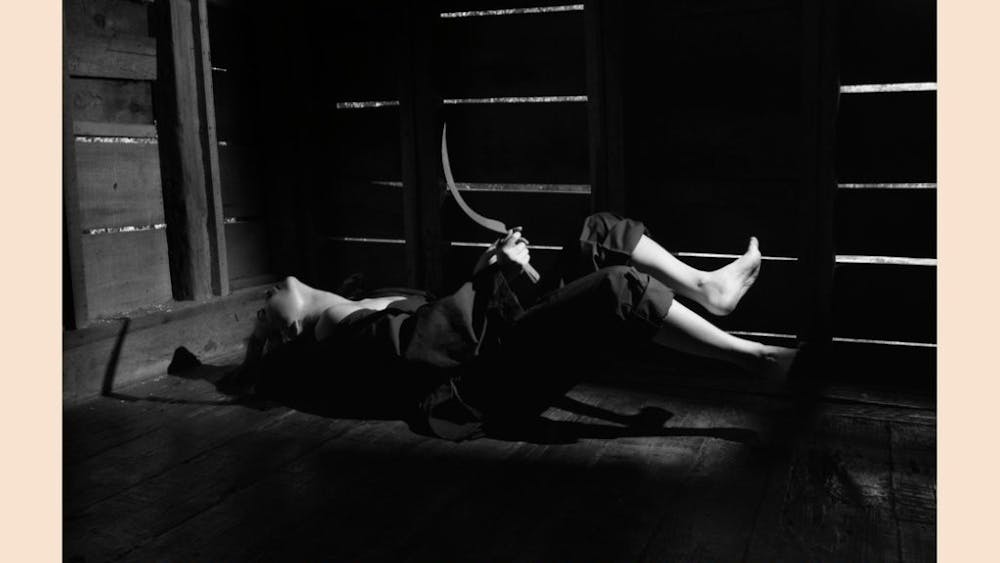Before the rest of us agree to join our more revolutionary colleagues in their proposed system-wide strike in April, I request they address a glaring contradiction in their preliminary list of demands.
Their first is: “Immediately reduce tuition and eliminate fees.”
This seems a fine thing to protest if you have the protesting temperament, except that the strikers immediately attack the way in which the University attempts to reduce cost.
Their second is: “Stop privatization and outsourcing at IU.”
In fact, the strikers call for the University to make itself more public.
Given its current state funding structure, how can we expect the University to reduce our cost, yet provide more services and expand access to the disadvantaged, without forcing it to charge us more?
Higher education, said professor Luigi Zingales of the University of Chicago’s Booth School of Business, is “the least competitive and most subsidized industry of all.”
Almost nine million students received Pell grants in the 2010-2011 school year.
That year the program cost taxpayers $33 billion.
The federal direct loan program cost an additional $13 billion that same year.
Education receives $43 billion a year in subsidies, “and that does not even include tax subsidies (for college funds); tax breaks (for university endowments, for example); and subsidies dedicated to research,” Zingales said.
Further, in 2011, President Barack Obama issued an executive order that allowed borrowers to reduce their monthly payments to 10 percent of discretionary income.
At the same time, he also shortened the loan forgiveness period to 20 years.
At the end of those 20 years, all outstanding debt will be forgiven. All this in the name of college access.
Education subsidies have, of course, caused the price of college to skyrocket.
Outstanding student loans exceeded outstanding credit card debt in 2011.
The current tally of both totals more than $1 trillion.
This has been a direct cause of the sevenfold increase in the cost of attending college since 1965, when the Pell Grant was signed into law by President Lyndon Johnson.
Economists are warning that the student debt bubble will soon end up like the recent housing bubble crisis, which, as you may remember, ended badly.
In short, the efforts of the government to make higher education more accessible, more affordable, more public, has caused it to become more burdensome and more restrictive.
David Brooks last week in “The New York Times” described this conflict as a fight between a meritocracy “which widens inequality” and the LBJ/Obama progressives “who are trying to mitigate inequality.”
For example, with liberal measures like Obama’s health care law that, according to Brooks, “taxes ... the top one percent by about $20,000 per household” and establishes benefits “for the working class by between $400 and $800 per household.”
Academia is an elitist phenomenon, unknowingly, let’s hope, made even more exclusive by those liberals it tends to breed.
Obama went to Columbia and Harvard, as did many beltway types.
When we declare that everyone has a right to a world-class higher education, we shouldn’t be surprised when we have to pay for it.
Brooks concluded by acknowledging the futility of liberal attempts to make college more affordable by arguing “the meritocracy is overwhelming the liberal project.”
IU’s strikers will have to explain how they will conquer the meritocracy before we agree that their efforts to cut class will actually help us.
Why would we join them in something so seemingly futile?
History suggests that higher education in the U.S. can remain affordable if left to the private market.
Alternatively, it can become increasingly public — and increasingly inaccessible.
— arcarlis@indiana.edu
A question for IU’s strikers
Get stories like this in your inbox
Subscribe





